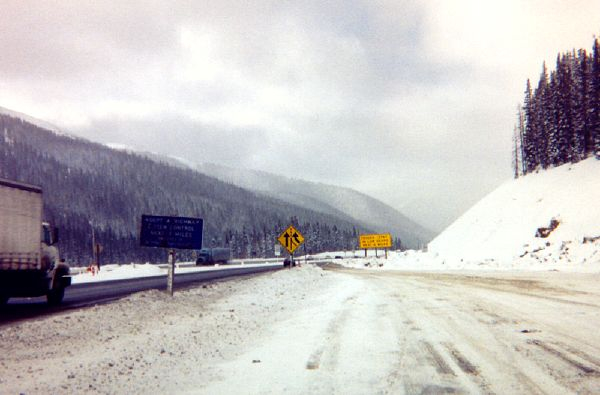MAKG1
Touchdown! Greaser!
- Joined
- Jun 19, 2012
- Messages
- 13,411
- Location
- California central coast
- Display Name
Display name:
MAKG
Some people think it's a bad aircraft to learn in because it's so easy.
I tend to disagree. Get into the air by any prudent means and then transition.
There is a school of thought that you do your primary training in a persnickety aircraft (like a tailwheel) and then you're a "better pilot." Which is true, but it takes you longer to get there, and you can accomplish most of the same things by transitioning later -- when you have your certificate.
Every aircraft is going to seem cramped, especially a trainer. But even some high performance aircraft are like that (try squeezing into a Mooney). A 152 is a bit of a sardine can, but your wallet is going to be an issue in anything.
A thick wallet is a good thing for an aspiring pilot.
I tend to disagree. Get into the air by any prudent means and then transition.
There is a school of thought that you do your primary training in a persnickety aircraft (like a tailwheel) and then you're a "better pilot." Which is true, but it takes you longer to get there, and you can accomplish most of the same things by transitioning later -- when you have your certificate.
Every aircraft is going to seem cramped, especially a trainer. But even some high performance aircraft are like that (try squeezing into a Mooney). A 152 is a bit of a sardine can, but your wallet is going to be an issue in anything.
A thick wallet is a good thing for an aspiring pilot.






 Just another reason to taxi at a low power setting and not use the breaks.
Just another reason to taxi at a low power setting and not use the breaks.


